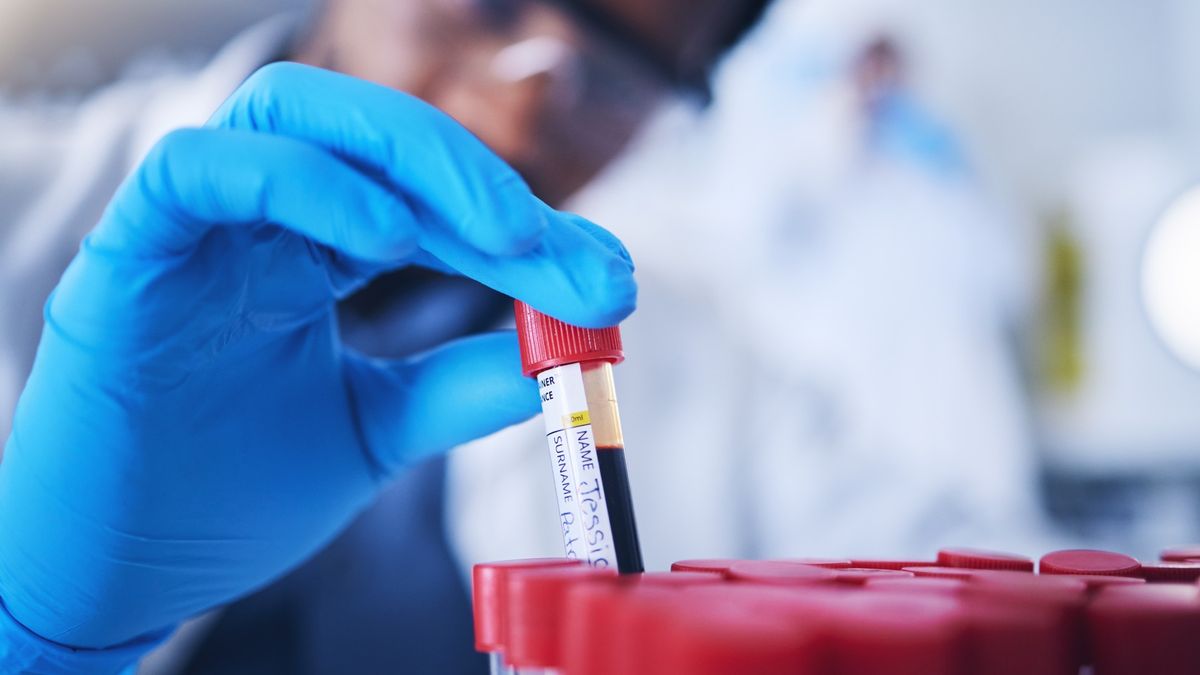A rare bacterial infection that can invade the nervous system or bloodstream is on the rise in the U.S., the Centers for Disease Control and Prevention (CDC) warns.
The infection, known as invasive meningococcal disease, happens when a microbe called Neisseria meningitidis invades the body and causes infection. It’s estimated that about 1 in 10 people carry the bacteria in their nose and throat without getting sick, but certain demographics are vulnerable to infection. These include infants; people with medical conditions that weaken the immune system, like HIV; and people who take certain antibody-based drugs.
In 2023, the U.S. reported 422 cases of invasive meningococcal disease, the highest annual rate reported since 2014, the CDC reported in a health advisory issued Thursday (March 28). And as of this week, 143 cases have already been reported in 2024 — more than 60 extra cases than were reported this time last year.
Up to 10% to 15% of affected patients die of the disease. Last year, about 17, or about 18%, of the subset of patients with known outcomes died, the CDC reported.
Related: Dangerous ‘superbugs’ are a growing threat, and antibiotics can’t stop their rise. What can?
The agency is urging doctors to “have a heightened suspicion” for meningococcal disease as a potential diagnosis and to check that their patients are up to date on vaccines.
Children should get a meningococcal vaccine called MenACWY at age 11 or 12, as well as a booster dose at age 16, according to the CDC. A second vaccine, MenB, guards against a type of meningococcal disease not covered by MenACWY and may be given to teens and young adults with a high risk of the infection. The CDC also recommends that some younger children and adults in at-risk groups get regular doses of the vaccines.
The recent uptick in infection has been tied mostly to a subset of N. meningitidis bacteria known as serogroup Y, which the MenACWY vaccine protects against.
Based on a genetic analysis of about 150 cases in 2023, a strain called ST-1466 appeared to be behind most of the serogroup Y infections. The strain has previously been implicated in upticks of meningococcal disease among people with HIV. In 2023, the strain disproportionately infected people 30 to 60 years old (65% of cases), Black people (63%) and people with HIV (15%).
Meningococcal disease most often manifests as meningitis, an infection of the membranes over the brain and spinal cord. However, 64% of people infected with ST-1466 instead had bloodstream infections, and about 4% had septic arthritis, an infection of the joints and surrounding fluid. Doctors should be aware that individuals with these manifestations might not show any telltale signs of meningitis — like headache, stiff neck or altered mental status — but may show other symptoms, such as a purple rash, fever and rapid breathing, in the case of bloodstream infection.
“While initial symptoms of meningococcal disease can at first be non-specific, they worsen rapidly, and the disease can become life-threatening within hours,” the CDC cautioned. “Immediate antibiotic treatment for meningococcal disease is critical. Survivors may experience long-term effects such as deafness or amputations of the extremities.”
To date, all samples of ST-1466 respond to the first-line antibiotics recommended for the infection and to the preventive antibiotic treatments known as “prophylaxis” that are sometimes used. Some other strains belonging to serogroup Y are resistant to certain antibiotics.
This article is for informational purposes only and is not meant to offer medical advice.
Ever wonder why some people build muscle more easily than others or why freckles come out in the sun? Send us your questions about how the human body works to [email protected] with the subject line “Health Desk Q,” and you may see your question answered on the website!















